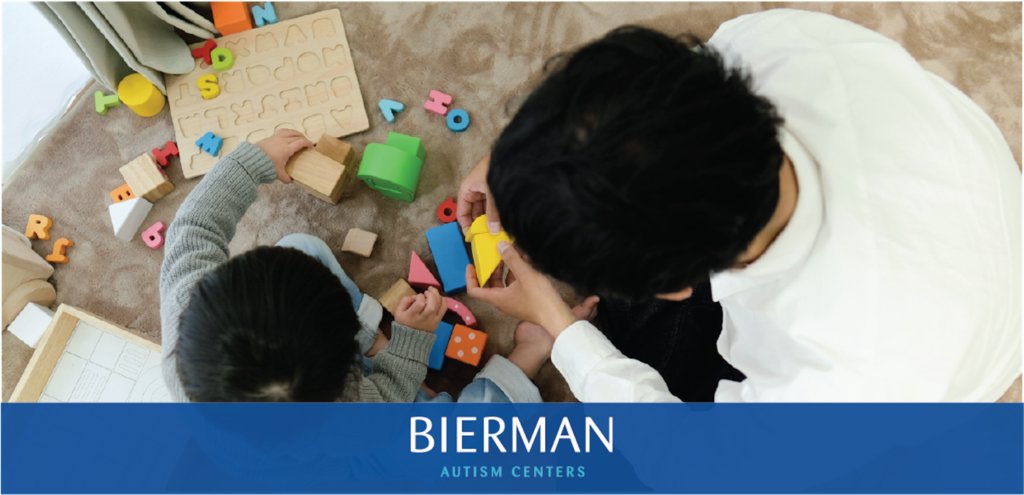When families search for ABA therapy providers, the question we get the most is, “What does early intervention look like?”
Early intervention programs can range from 25-40 hours per week, depending on the child’s needs. If the goal of an intensive and early intervention program is to close the gap between the child and typically developing peers, programs can range from 30-40 hours per week. Early intervention programs can increase language, play, social, academic, and self-help skills and help reduce problem behavior. Programs should be very “play-based” and fun for the child.
Because each child is different, the specific curriculum for an intensive intervention program can vary dramatically according to each child’s specific skill strengths and deficits. For example, one student could be working on fine or gross motor imitation and developing a communication system through vocals, ASL signs, or PECS and being taught through a discrete trial format. Another student could be working on social skills or group responding skills to prepare the child for the classroom environment through more incidental teaching techniques and teaching in the natural environment. While each child’s curriculum and the way skills are taught may be different, it all falls under Applied Behavior Analysis’s umbrella.
Bierman offers comprehensive early-intervention services to their clients, including Diagnostic Testing, ABA Therapy, Speech and Language Therapy and Occupational Therapy. At Bierman, we use naturalistic teaching to teach through play. The team understands that children are always right – and if they are not learning, it’s their job to adapt to them.


